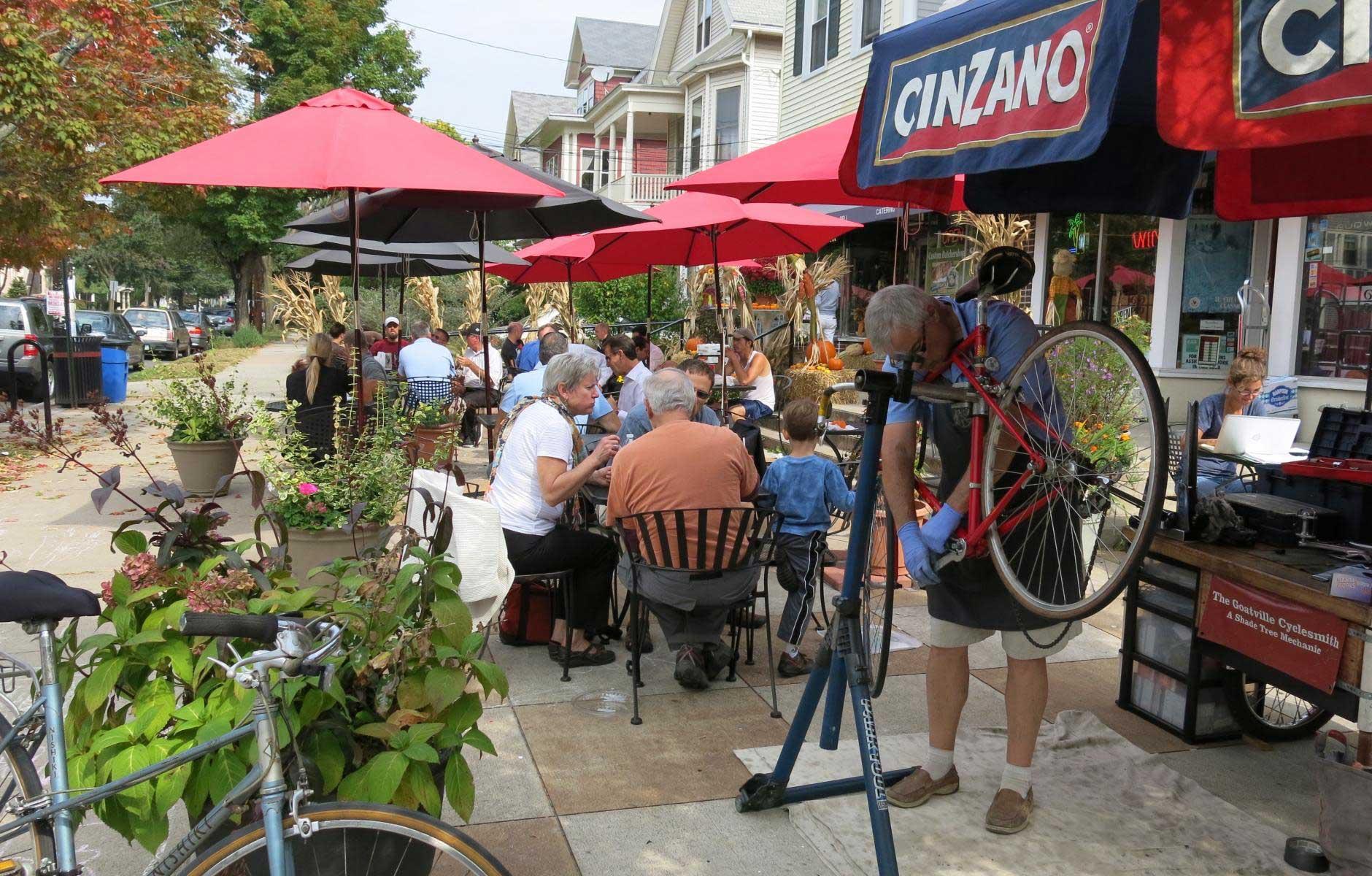
Living in a walkable place reduces dementia
We should be planning and developing walkable neighborhoods for many reasons—rather than promoting car-oriented subdivisions, which have been the default method of outward city expansion for seven decades.
New studies come out all the time, all pointing in the same direction—walkability benefits health. Among the most frightful diseases, dementia is on the rise as our population ages. Dementia is scary because it has the potential to strip away our personality while we live—but environmental factors can increase or reduce risk.
One of those factors is walkability, according to a meta-analysis of 54 studies released a few weeks ago by the University of Georgia, working with other academic researchers. The findings build on other work of other studies that show similar results. When we live in a walkable place, we move more, naturally. Unsurprisingly, exercise is linked to better cognitive health. Regular exercise increases memory, and boosts hippocampal volume by 2 percent.
Also, walkable neighborhoods are more stimulating. They are built on connected street networks, which give individuals more choices on how to get around and reward those choices with diverse physical paths linked to spatial memories. And they are mixed-use.
“Street layouts with better connectivity and walkability are associated with a reduced risk of cognitive impairment. Access to local amenities, such as food stores, community centers, and healthcare amenities, supports cognitive health,” the authors note.
Social connections also probably help. When you walk to a destination, you are more likely to have friendly interactions, which have been shown to reduce the risk of depression, and walkable places also boost the sense of community.
Walkability isn’t the only environmental factor. “Exposure to park areas or green/blue spaces was generally associated with reduced dementia risk (by six percentage points).”
On the negative side, “Traffic-related exposures, including noise and proximity to major roads, were linked to worse cognitive performance and a higher risk of dementia.” For several years I lived on a main street that had been widened so that traffic often moved at over 40 mph, especially at night. That and the volume of traffic generated significant noise. I got used to it, but I remember the psychological relief I felt when I moved.
Our physical environment affects us in many more ways than we realize. But one thing is certain—living in a walkable place gives you an edge in both physical and mental health.




